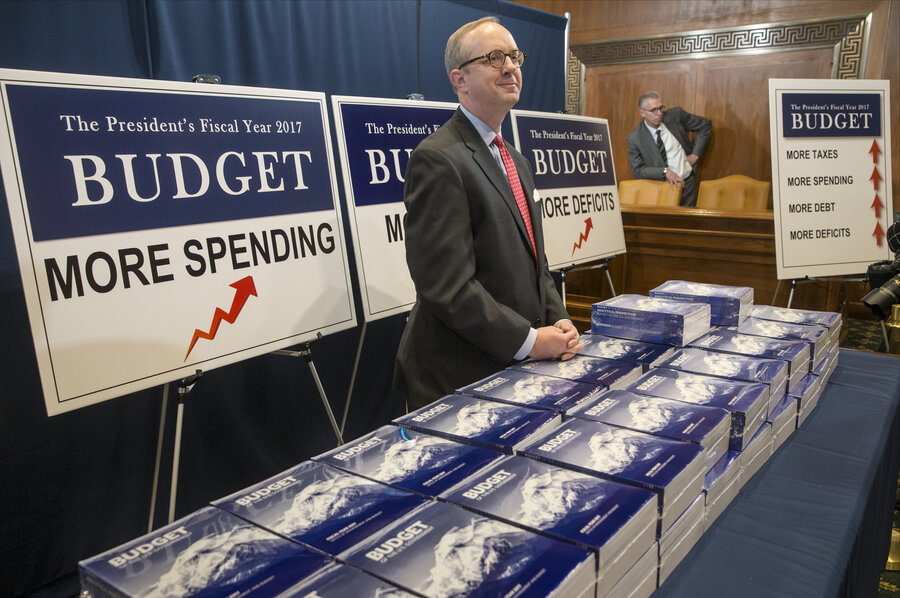Why the new conservative budget plan is a long shot
Loading...
The optimism following the 2-year budget deal struck last October is officially over. Many House majority members who were unhappy with the deal remain unhappy. Over the past month House conservatives have signaled they will not vote for a budget unless they find $30 billion in cuts.
Passing a budget (or appropriations) below the discretionary numbers in the 2-year deal appears to be a nonstarter. So conservatives are attempting to find the savings in mandatory programs. They are circulating an interesting plan to reform major entitlement programs on appropriations bills through the reconciliation process. Here are the major take-aways from that last sentence: conservatives want to circumvent the House Ways & Means Committee, authorize changes to mandatory spending through the discretionary spending process, and do so using a straight majority process rarely used for appropriations.
This is a huge deal. It’s also a lot to unpack. It combines several processes into a plan akin to procedural acrobatics. It’s not impossible, though it would be unprecedented.
The first criticism of the plan is it violates House rules. Those rules state that members cannot add authorizing language (i.e. insert language changing Medicare benefits, taxes, etc.) in appropriations bills. Is this true? Yes. Does it matter? No. The reality is for the last couple decades this rule is waived (read: is not binding) any time an appropriations bill is brought to the floor. So would this rule violation really prevent the House from passing this mega-bill? If they have the votes, no.
The second criticism is that you can’t use reconciliation to pass appropriations bills. Actually, you can, though it has only happened twice. The last time reconciliation was used on appropriations was in 1981 for rescissions in previous spending bills (basically taking away previously awarded budget authority). It has never been used to circumvent a committee of jurisdiction or provide budget authority for executive agencies. In this respect, this is a huge unprecedented step for both reconciliation and the appropriations committees.
The plan has the advantage of attaching mandatory spending cuts to must pass spending legislation. This is something the President could not avoid if it made its way through Congress. There is a catch though: they can’t touch Social Security. That is expressly forbidden in the 1974 Budget and Impoundment Control Act and would subject the bill to a 60-vote point of order in the Senate, something conservatives are using this process to avoid.
Keep in mind this plan is extremely hypothetical. If they somehow navigate the minefield of very powerful people in the House (like Ways & Means Chair Kevin Brady (R) of Texas), its chances in the Senate are very small at best.
Regardless, the plan gets big time kudos on style points. What it lacks in regular order it more than makes up for in procedural jujitsu-y-ness.
Joshua Huder contributes to the Rule 22 blog at http://rule22blog.org/.







